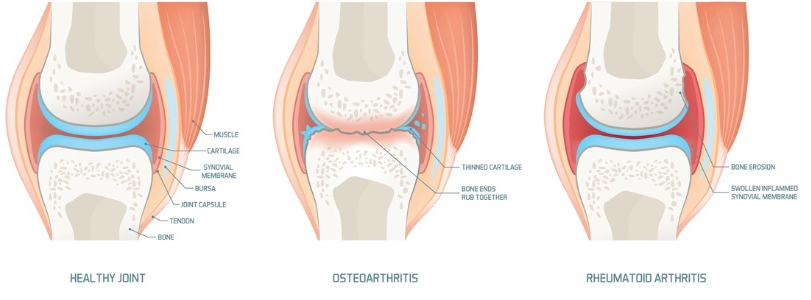The ACL, or anterior cruciate ligament, is a strong band of fibrous tissues that connect the femur to the tibia in the knee joint. As a key ligament in the knee, the ACL works with the PCL and MCL to limit any rotational movement or overextension of the knee. Tears to the ACL are fairly common, especially among athletes who play sports that involve pivoting or cutting motions. Signs that you may have torn your ACL include:
- Severe pain
- Popping sensation in the knee at the time of injury
- Swelling
- Loss of mobility
- Feeling of instability
- Tenderness and warmth to the touch
- Inability to continue activity
Usually, these tears occur from a sudden change in direction or hyperextension of the knee and often are treated with surgical intervention. There are three types of ACL reconstruction surgeries:
- Autograft: reconstructs the ACL with the patient’s own tissue
- Allograft: restores the ACL with a donor’s tissue
- Synthetic Graft: replaces the ACL with artificial materials











